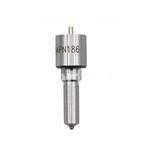Information injection-pump assembly
ZEXEL
101401-7340
1014017340
ISUZU
8971395560
8971395560
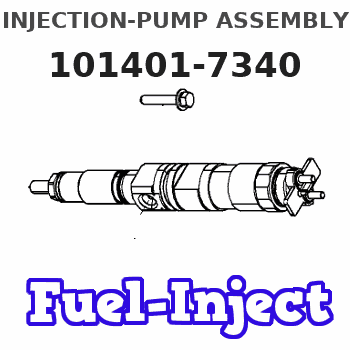
Rating:
Service parts 101401-7340 INJECTION-PUMP ASSEMBLY:
1.
_
6.
COUPLING PLATE
7.
COUPLING PLATE
8.
_
9.
_
11.
Nozzle and Holder
8-97119-812-0
12.
Open Pre:MPa(Kqf/cm2)
18.1{185}
15.
NOZZLE SET
Cross reference number
ZEXEL
101401-7340
1014017340
ISUZU
8971395560
8971395560
Zexel num
Bosch num
Firm num
Name
Calibration Data:
Adjustment conditions
Test oil
1404 Test oil ISO4113 or {SAEJ967d}
1404 Test oil ISO4113 or {SAEJ967d}
Test oil temperature
degC
40
40
45
Nozzle and nozzle holder
105780-8140
Bosch type code
EF8511/9A
Nozzle
105780-0000
Bosch type code
DN12SD12T
Nozzle holder
105780-2080
Bosch type code
EF8511/9
Opening pressure
MPa
17.2
Opening pressure
kgf/cm2
175
Injection pipe
Outer diameter - inner diameter - length (mm) mm 6-2-600
Outer diameter - inner diameter - length (mm) mm 6-2-600
Overflow valve
131424-4920
Overflow valve opening pressure
kPa
127
107
147
Overflow valve opening pressure
kgf/cm2
1.3
1.1
1.5
Tester oil delivery pressure
kPa
157
157
157
Tester oil delivery pressure
kgf/cm2
1.6
1.6
1.6
Direction of rotation (viewed from drive side)
Left L
Left L
Injection timing adjustment
Direction of rotation (viewed from drive side)
Left L
Left L
Injection order
1-3-4-2
Pre-stroke
mm
4.1
4.05
4.15
Rack position
Point A R=A
Point A R=A
Beginning of injection position
Governor side NO.1
Governor side NO.1
Difference between angles 1
Cal 1-3 deg. 90 89.5 90.5
Cal 1-3 deg. 90 89.5 90.5
Difference between angles 2
Cal 1-4 deg. 180 179.5 180.5
Cal 1-4 deg. 180 179.5 180.5
Difference between angles 3
Cyl.1-2 deg. 270 269.5 270.5
Cyl.1-2 deg. 270 269.5 270.5
Injection quantity adjustment
Adjusting point
-
Rack position
12.1
Pump speed
r/min
960
960
960
Average injection quantity
mm3/st.
60
58.4
61.6
Max. variation between cylinders
%
0
-4
4
Basic
*
Fixing the rack
*
Standard for adjustment of the maximum variation between cylinders
*
Injection quantity adjustment_02
Adjusting point
H
Rack position
9.8+-0.5
Pump speed
r/min
285
285
285
Average injection quantity
mm3/st.
15.5
14.2
16.8
Max. variation between cylinders
%
0
-10
10
Fixing the rack
*
Standard for adjustment of the maximum variation between cylinders
*
Injection quantity adjustment_03
Adjusting point
A
Rack position
R1(12.1)
Pump speed
r/min
960
960
960
Average injection quantity
mm3/st.
60
59
61
Basic
*
Fixing the lever
*
Injection quantity adjustment_04
Adjusting point
B
Rack position
R1+0.05
Pump speed
r/min
1600
1600
1600
Average injection quantity
mm3/st.
70
66
74
Fixing the lever
*
Injection quantity adjustment_05
Adjusting point
C
Rack position
R1-0.45
Pump speed
r/min
500
500
500
Average injection quantity
mm3/st.
44
40
48
Fixing the lever
*
Timer adjustment
Pump speed
r/min
1050--
Advance angle
deg.
0
0
0
Remarks
Start
Start
Timer adjustment_02
Pump speed
r/min
1000
Advance angle
deg.
0.5
Timer adjustment_03
Pump speed
r/min
1600
Advance angle
deg.
5
4.5
5.5
Remarks
Finish
Finish
Test data Ex:
Governor adjustment
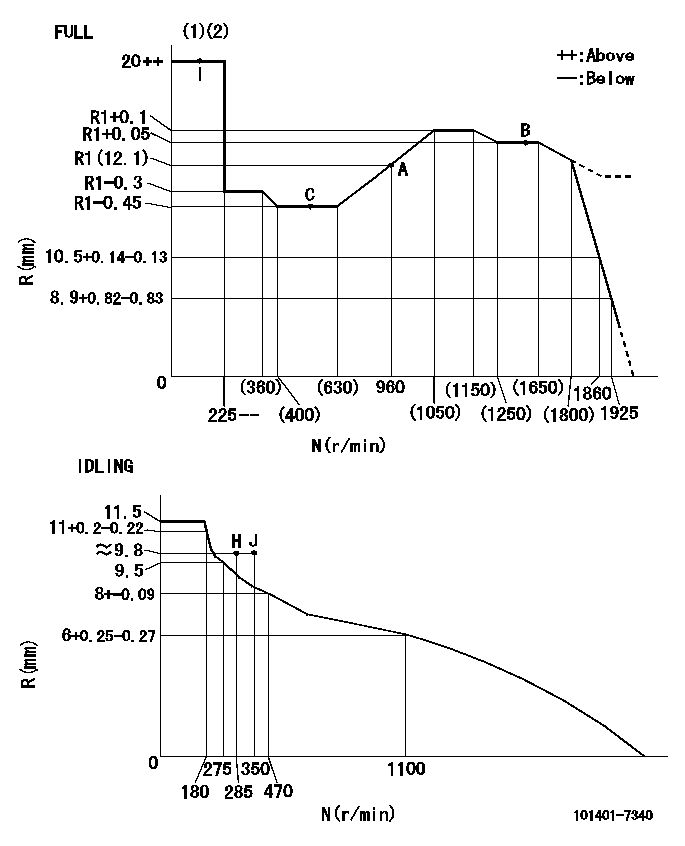
N:Pump speed
R:Rack position (mm)
(1)Torque cam stamping: T1
(2)Tolerance for racks not indicated: +-0.05mm.
----------
T1=L31
----------
----------
T1=L31
----------
Speed control lever angle
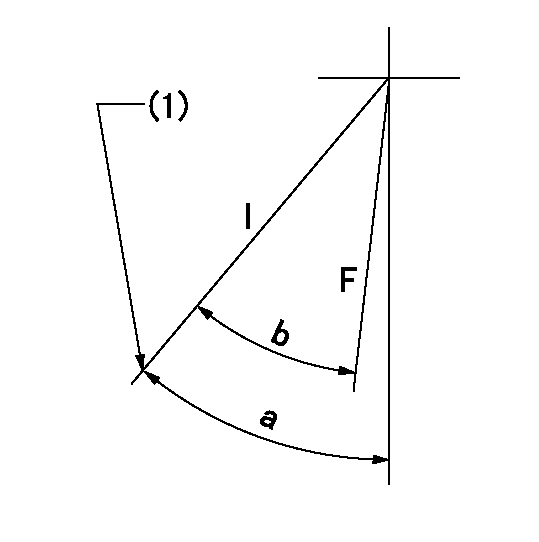
F:Full speed
I:Idle
(1)Stopper bolt setting
----------
----------
a=41deg+-5deg b=35.5deg+-3deg
----------
----------
a=41deg+-5deg b=35.5deg+-3deg
Stop lever angle
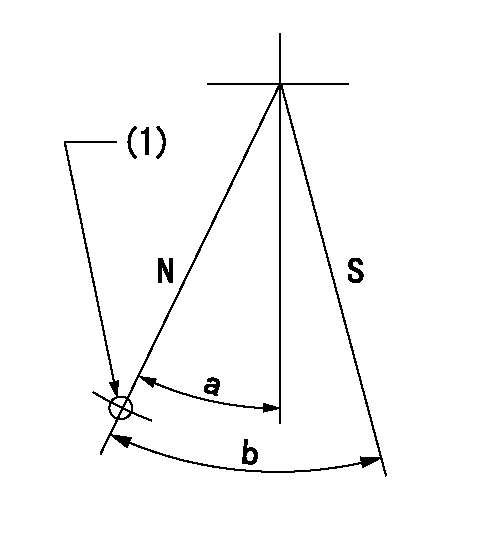
N:Pump normal
S:Stop the pump.
(1)Use the hole at R = aa
----------
aa=64mm
----------
a=20deg+-5deg b=29deg+-5deg
----------
aa=64mm
----------
a=20deg+-5deg b=29deg+-5deg
Timing setting
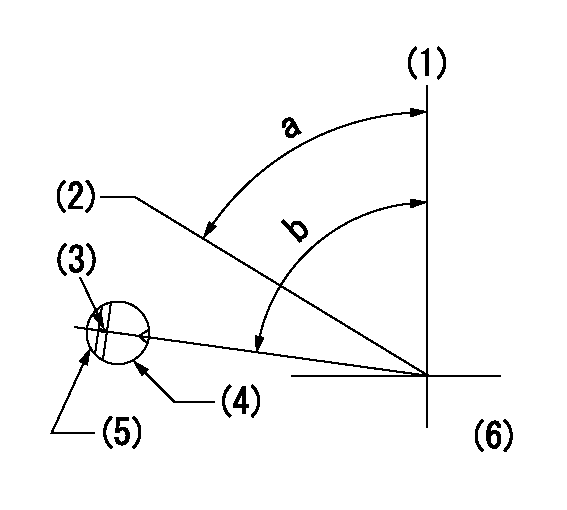
(1)Pump vertical direction
(2)Position of gear's standard threaded hole at No 1 cylinder's beginning of injection
(3)Stamping position on the A/T outer rim
(4)Pump bracket check hole position.
(5)At the No 1 cylinder's beginning of injection, align with the projection seen through the bracket's check hole and mark the A/T's bevel C1.
(6)B.T.D.C.: aa
----------
aa=8deg
----------
a=(60deg) b=(85deg)
----------
aa=8deg
----------
a=(60deg) b=(85deg)
Information:
Customer Specified Parameters
Customer Specified Parameters allow a customer to restrict how a operator operates the vehicle. Some parameters may affect engine operation in ways that the uninformed operator does not expect. These parameters may lead to power and/or performance complaints, even when the engine is operating to specifications. If the NEXG4512 Customer Parameter Configuration Aid, Service Program Module (Optional Electronic Service Tool) is installed in an ECAP equipped with the 8C9700 Rechargeable Portable Printer, a list of Customer Specified Parameters can be read from the ECM and printed out.Customer parameters may be changed repeatedly as a customer changes his operation. Customer Passwords are required to change these parameters.The following is a brief description of the Customer Specified Parameters. Along with each, are the minimum and maximum values for the parameter and the default value. If a feature is not used, the parameter should be programmed to the default value.Engine Parameters
Rating Number:Number of rating within the horsepower family. The personality module defines the horsepower family (such as 325 hp). This number defines which rating is used (such as 325 hp at 1900 rpm or 325 hp at 2100 rpm) within the family. Top Engine Limit (TEL):Maximum engine rpm when the engine is under load. The engine will still achieve rated rpm under no load.Minimum ... Map (Rating) DependentMaximum ... Rated rpm + 20 rpmDefault ... Rated rpm + 20 rpm Top engine limiting with the 3176 has no governor overrun (it is an isochronous setting with no droop). Low Idle RPM:Minimum engine rpm.Minimum ... 600 rpmMaximum ... 750 rpmDefault ... 700 rpm Vehicle ID:Identification of vehicle assigned by customer. Used only for customer reference; not used by the ECM.Factory Passwords
Factory Passwords are required to perform any one of these four functions:1. Program a new ECM. When an ECM is replaced, the System Configuration Parameters must be programmed into the new ECM. These parameters are protected by Factory Passwords.2. Rerate the engine to another engine family. This requires changing the Personality Module Code, which is protected by Factory Passwords.3. Read Customer Passwords. If the owner forgets his Customer Passwords, he will not be able to program Customer Specified Parameters. Using factory passwords, one can read Customer Passwords, then use those Customer Passwords to program Customer Specified Parameters.4. Clear certain diagnostic codes. Only Diagnostic Code 35 (Engine Overspeed) requires Factory Passwords to clear once it is LOGGED. Clearing certain other codes requires Customer Passwords. The majority of LOGGED diagnostic codes require no passwords to clear.Factory Passwords are controlled by Caterpillar and may only be obtained by authorized Caterpillar Dealers. Since factory passwords contain alphabetic characters, only the ECAP may perform these functions.To obtain factory passwords, proceed as if you already had the password. At some point, if factory passwords are truly needed, the ECAP will request factory passwords and will provide most of the information required to obtain the password on the ECAP screen.Customer Passwords
Customer Passwords are required to change ANY Customer Parameter. Customer Specified Parameters are those
Customer Specified Parameters allow a customer to restrict how a operator operates the vehicle. Some parameters may affect engine operation in ways that the uninformed operator does not expect. These parameters may lead to power and/or performance complaints, even when the engine is operating to specifications. If the NEXG4512 Customer Parameter Configuration Aid, Service Program Module (Optional Electronic Service Tool) is installed in an ECAP equipped with the 8C9700 Rechargeable Portable Printer, a list of Customer Specified Parameters can be read from the ECM and printed out.Customer parameters may be changed repeatedly as a customer changes his operation. Customer Passwords are required to change these parameters.The following is a brief description of the Customer Specified Parameters. Along with each, are the minimum and maximum values for the parameter and the default value. If a feature is not used, the parameter should be programmed to the default value.Engine Parameters
Rating Number:Number of rating within the horsepower family. The personality module defines the horsepower family (such as 325 hp). This number defines which rating is used (such as 325 hp at 1900 rpm or 325 hp at 2100 rpm) within the family. Top Engine Limit (TEL):Maximum engine rpm when the engine is under load. The engine will still achieve rated rpm under no load.Minimum ... Map (Rating) DependentMaximum ... Rated rpm + 20 rpmDefault ... Rated rpm + 20 rpm Top engine limiting with the 3176 has no governor overrun (it is an isochronous setting with no droop). Low Idle RPM:Minimum engine rpm.Minimum ... 600 rpmMaximum ... 750 rpmDefault ... 700 rpm Vehicle ID:Identification of vehicle assigned by customer. Used only for customer reference; not used by the ECM.Factory Passwords
Factory Passwords are required to perform any one of these four functions:1. Program a new ECM. When an ECM is replaced, the System Configuration Parameters must be programmed into the new ECM. These parameters are protected by Factory Passwords.2. Rerate the engine to another engine family. This requires changing the Personality Module Code, which is protected by Factory Passwords.3. Read Customer Passwords. If the owner forgets his Customer Passwords, he will not be able to program Customer Specified Parameters. Using factory passwords, one can read Customer Passwords, then use those Customer Passwords to program Customer Specified Parameters.4. Clear certain diagnostic codes. Only Diagnostic Code 35 (Engine Overspeed) requires Factory Passwords to clear once it is LOGGED. Clearing certain other codes requires Customer Passwords. The majority of LOGGED diagnostic codes require no passwords to clear.Factory Passwords are controlled by Caterpillar and may only be obtained by authorized Caterpillar Dealers. Since factory passwords contain alphabetic characters, only the ECAP may perform these functions.To obtain factory passwords, proceed as if you already had the password. At some point, if factory passwords are truly needed, the ECAP will request factory passwords and will provide most of the information required to obtain the password on the ECAP screen.Customer Passwords
Customer Passwords are required to change ANY Customer Parameter. Customer Specified Parameters are those
